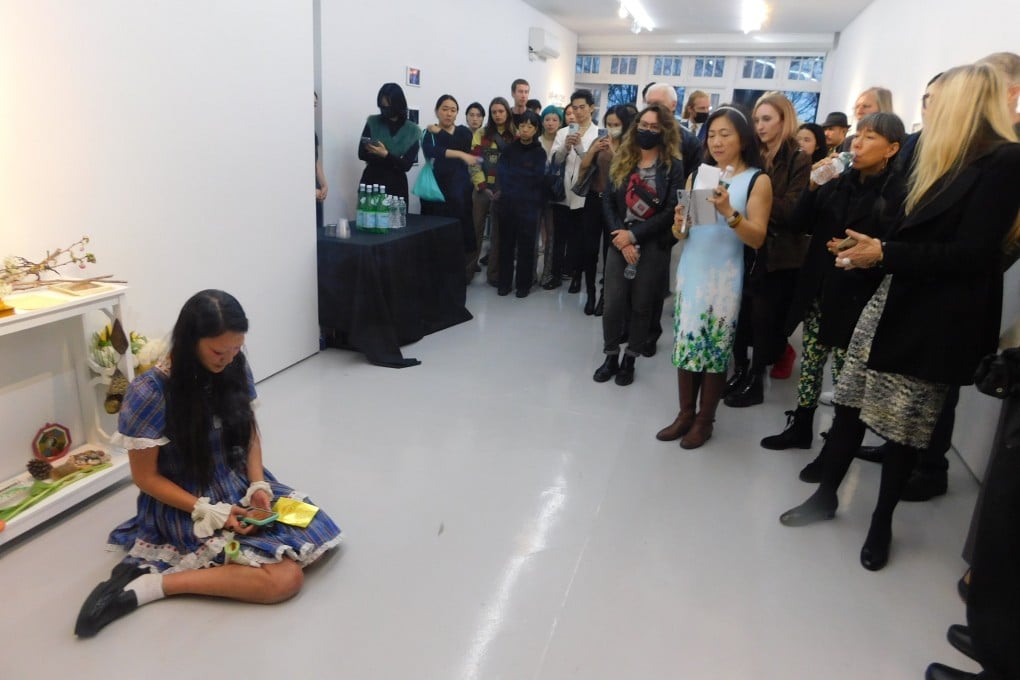Opinion | Why is being an Asian-American woman in the US still a danger? Art exhibition in tribute to Christina Yuna Lee seeks answers
- Murdered in February, Christina Yuna Lee was a former employee of New York’s Eli Klein Gallery, which is holding the exhibition that opened on April 13
- The exhibiting artists are unified by a shared understanding of ‘what Christina’s experience was in New York,’ says curator Stephanie Mei Huang

What permissions does the occasion of grieving unlock?
This unspoken question lingered in the air along with the faint fragrance of incense at the opening reception for “With Her Voice, Penetrate Earth’s Floor” at New York’s Eli Klein Gallery on April 13.
Lee, who was Korean-American, left her position as an associate director at the gallery about eight years ago but remained on good terms with the artists and clients, according to gallery founder Eli Klein. “I wasn’t always the easiest person to work for, and she was always kind of the buffer between me and everyone else,” Klein says.

Golden Bridge for Eli Klein (2014) – a painting by Lee that she gave Klein when she left the gallery – hangs above a table in the gallery that serves as an altar.